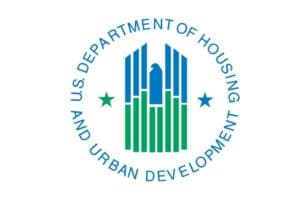NH&RA’s newly formed membership council, the Connecticut Council for Housing Production, was established to enhance and expand the utility of Connecticut’s current housing programs and streamline the processes. The council convened last week and met with the Connecticut Housing Finance Authority (CHFA), the Department of Housing (DOH) and the newly formed Municipal Redevelopment Authority (MRDA) at CHFA’s Rocky Hill office to initiate an ongoing dialogue on how all parties, from both the public and private sectors, can work together to make Governor Lamont’s goal of building 90,000 new units an achievable accomplishment.
The group received a preview of MRDA’s role in the housing production landscape from David Kooris, its new executive director. MRDA is a quasi-public state agency established to partner with municipalities in promoting transit-oriented development, with a particular focus on expanding housing opportunities. Created through legislation approved by the Connecticut General Assembly and signed by Governor Ned Lamont, MRDA aims to facilitate the development of new housing near public transportation hubs.
For any project within a municipality to receive funding, municipalities must first designate MRDA development district areas. As a precursor to investing in a municipality, MRDA will issue memorandums of understanding (MOUs) to their partner municipalities. There are three ways that MRDA is likely to invest: gap financing, infrastructure and ground-floor retail. Developers will apply for project-level funding, but there is also funding that municipalities will be able to apply for. MRDA has a statutory 90-day turnaround for applications.
To meet the state’s ambitious housing production goals, the three agencies, CHFA, DOH and MRDA, can collaborate and effectively work together by taking measures that include:
- A unified development review and funding application process, reducing delays by synchronizing project vetting and approval steps;
- Developing incentive packages for developers, such as fast-tracking TOD projects, or offering tax abatements or gap financing for developments that meet specific density and affordability criteria; and
- Working together on mixed-income housing funding strategies that balance market-rate and affordable units encouraging a diversified housing market that attracts a wide range of residents while ensuring affordability.
